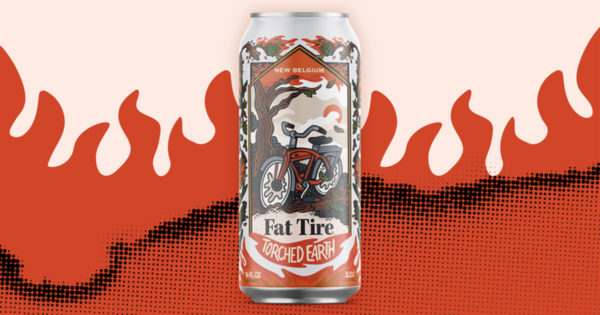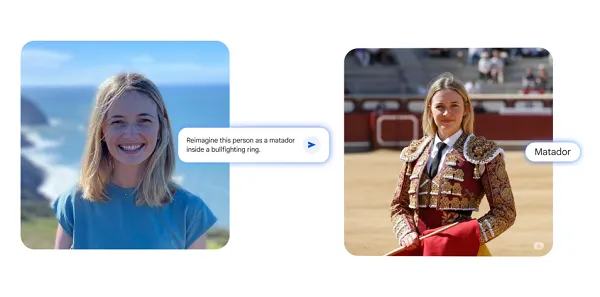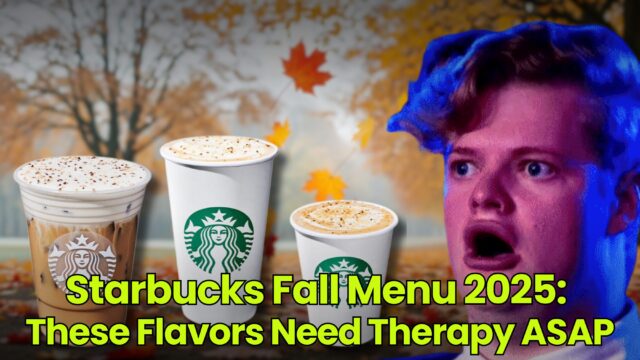How NFT metaverse worlds battle brands for the future of Web3
Fluf World's idealistic co-founders say major companies can join, they just need an NFT like everyone else.

Fluf World on the surface seems like a bunch of fluff. It is an NFT community based on 3D rabbit avatars, supported by thousands of people who mostly interact online through Discord. Fluf World has spawned offshoot NFTs called Party Bears and Thingies. The community has explored virtual reality, NFT real estate, artificial intelligence, among other parts of the coming metaverse.
These types of NFT projects are seen as the future of brand building, where the community owns a piece of the success. Fluf World’s community already spawned a pop star in the metaverse called Angel Baby, a digital rabbit that performs live at parties like the one held at SXSW earlier this month.
And Brooke Howard-Smith and Alex Smeele, co-founders at Non-Fungible Labs, which created Fluf World, are looking for more.
The New Zealanders were at SXSW in Austin earlier this month to help distribute a “metaverse manifesto,” which has more than 2,000 signers, advocating for a “democratic” Web3 that is open, inclusive and has an overall positive impact on the world. Fluf World, in many ways, represents the divide in Web3 circles: On one side there are idealistic communities, and on the other side there are major brands and internet platforms that want to play, too. The NFT vanguard often cast themselves as the anti-Meta, Mark Zuckerberg’s renamed Facebook, which is looking to become a behemoth in the metaverse. Brands like Disney, Gucci, Adidas and Nike are also developing metaverse strategies through virtual reality, digital products, NFT real estate, and Discord communities.
Metaverse and Web3 glossary—key words and terms brands need to know
“There is a place for existing companies in the metaverse,” Smeele said in an interview at the tech confab. “But they need to understand that they’re actually going to have to rethink their entire business model, because the way that they’re working currently is basically the antithesis of what we’re trying to achieve with Web3.”
Fluf World is best known for the 10,000 rabbit characters launched last year to kickstart the community, which now includes stakeholders such as Snoop Dogg. Fluf is short for “fluffle,” a group of rabbits. Fluf World NFTs have a floor price of about 3 ETH, close to $9,000, on OpenSea, the Web3 marketplace.
Fluf World is like Bored Ape Yacht Club or Doodles, other NFT communities that are building the next generation of brands in music, gaming, fashion, media and entertainment. Bored Ape also launched with 10,000 NFTs, and it attracted participation from A-list celebrities and brands. Last week, Bored Ape dropped a crypto-token called ApeCoin, and there is a concept for a metaverse called Otherside. Yuga Labs, the company that created Bored Ape, raised $450 million this week at a $4 billion valuation.
NFT clubs like Fluf World are creating a new template for brands. A Fluf or a Bored Ape can become a creator in the style of an Instagram or TikTok star, only in the metaverse. The projects give every member of the club a piece of the intellectual property. Brands need to relinquish control, if they want to tap into Web3, Smeele said. “We’re taking the inverse approach to people like Disney or Netflix,” Smeele said, “because with them it’s all completely locked up and they’re very protective of their IP.”
Sign up for Ad Age’s Metaverse Marketing Today and other newsletters here.
The only way for brands to get into Fluf is to become one of them, Howard-Smith said. “We love the Mouse [Disney], we love it all, and we can’t wait for Disney to become a part of our community,” Howard-Smith said. “If they want to start buying an NFT, and creating using an NFT, just like any other person on the planet has access, that’s the best way.”
Howard-Smith points to the Fluf avatar artist Angel Baby as an example: “Angel baby commercializes content directly with fans, we don’t need to clip a ticket, there’s no record company in this, they are the creator, the distributor, the accounting, everything.”
Brands are starting to get it. Nike recently bought RTFKT, which calls itself a “creator-led organization,” and last month the two entities dropped an NFT called MNLTH, or monolith. The monolith is a mysterious glowing box with a floor price of 6.3 ETH, or $20,000, and there are 8,900 owners, according to OpenSea’s market.
Fluf everlasting
Fluf World is a community of 3,700 NFT owners, based on the 3D rabbit avatars with sharp fur, weed-smoking accessories and an apocalyptic fashion sense. Fluf holders own NFT properties known as Burrows, which the rabbits inhabit. There are the Party Bears and Thingies. Meanwhile, Non-Fungible Labs has partnered with Altered State Machine, a Web3 startup that is developing artificial intelligence for avatars. Altered State’s “brain” NFTs sell on OpenSea with a floor price close to 5 ETH, or $15,000.
“A Fluf isn’t like a ‘Fortnite’ character that you rent,” Howard-Smith said, referring to the popular game where people play as characters in combat and customize them with virtual "skins." “You own this Fluf forever, 1,000 years after Alex and I are dead, this Fluf will still exist.”
Howard-Smith is also in the advertising world as co-founder of Otterfish, an ad software firm in New Zealand. He was partly driven to help create Fluf World to change how brands interact with consumers, he said. “There will be advertising in the metaverse,” Howard-Smith said, “because there will be an attention economy in the metaverse. The hope is, our hope is, there is a far more peer-to-peer, diversified, decentralized concept where again creativity is rewarded.”
This might sound far-fetched, but it’s an alternate marketing model that brands are considering, according to Matt Moran, strategy director and lead for TBWA’s NEXT innovation group, which works with brands like Adidas on things like NFT drops. “We’re talking to a lot to brands that want to create brand experiences that allow sustainable behaviors,” Moran said. “There are interesting applications that are tied to real world products.”
Moran imagined a jacket could become an NFT, and the owner could record how and where it’s been worn, through the blockchain, which is one of the foundational Web3 technologies. The NFT could add value to the clothing. “You can sell that jacket because every transaction on the blockchain is measured,” Moran said. “You can know how long you had that jacket, where you went with it, what party you went to with it, its sustainability over a lifetime. And then you can sell it to me and I know that jacket, and maybe the NFT, is from a place that is sustainable.”
Read more: How brands are using NFTs
Token support
Fluf World’s Howard-Smith and Smeele discuss a similar model, calling it "the tokenization of brands." Pepsi, for instance, could create a crypto-token, and distribute different amounts to fans based on how long they have been with the brand or how often they buy the product. The token-holders could help make decisions in the company, like what flavors to launch, Smeele said.
“The primary thing here is to build a better, stronger, more functional community,” Howard-Smith said.
Not everyone is sold on these high ideals. There is a lot of skepticism, because NFT communities cost thousands, even millions, of dollars to enter. Web3 advocates talk about it being a mass movement, but NFT technology is notoriously inaccessible, said Ellie Bamford, R/GA’s senior VP and global head of media and connections. “It’s not as free as you think,” Bamford said.
“It’s a massive goldmine for creativity, I get it,” Bamford said. “For brands to get in there and do things that you’ve never been able to do before, and to explore, and to push the boundaries of what you want to do, but no one is talking about the fact that very few people still actually have access, or even know how to access, the metaverse.”
It is clear this will be an ongoing debate for Web3 startups, brands and the internet platforms. Smeele said that Fluf’s community has “lofty goals,” and “it’s definitely not something that’s going to be achieved in one pass.”

 Astrong
Astrong 
































